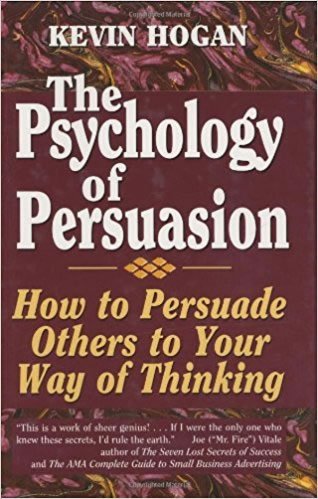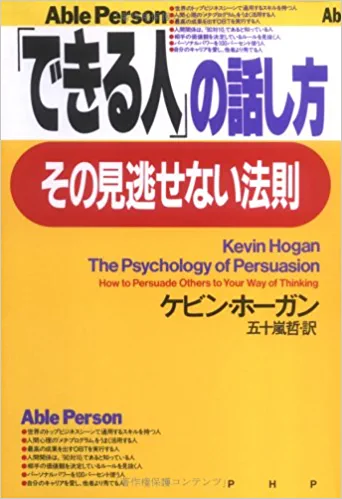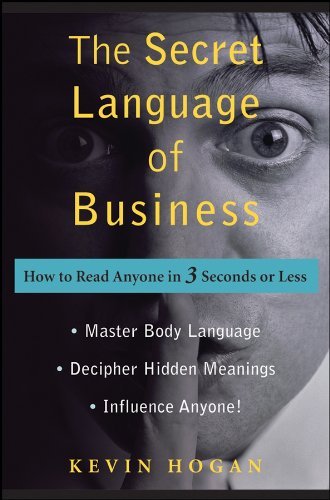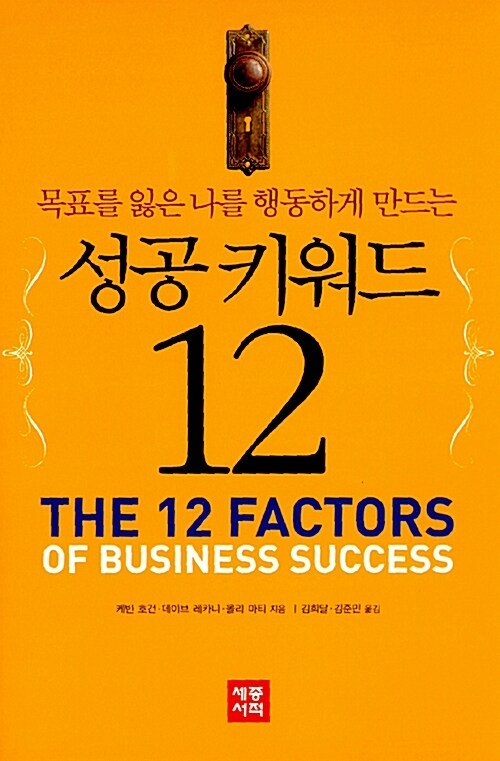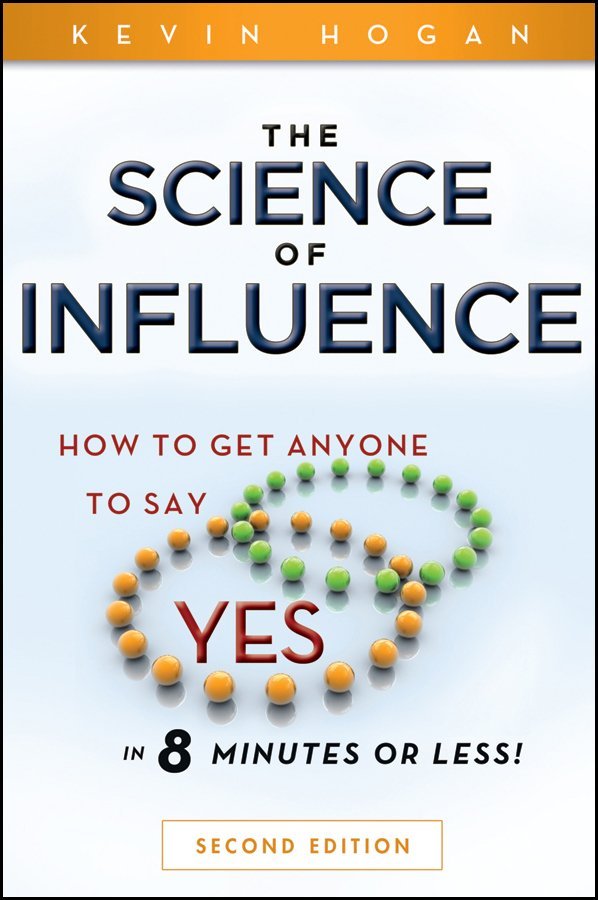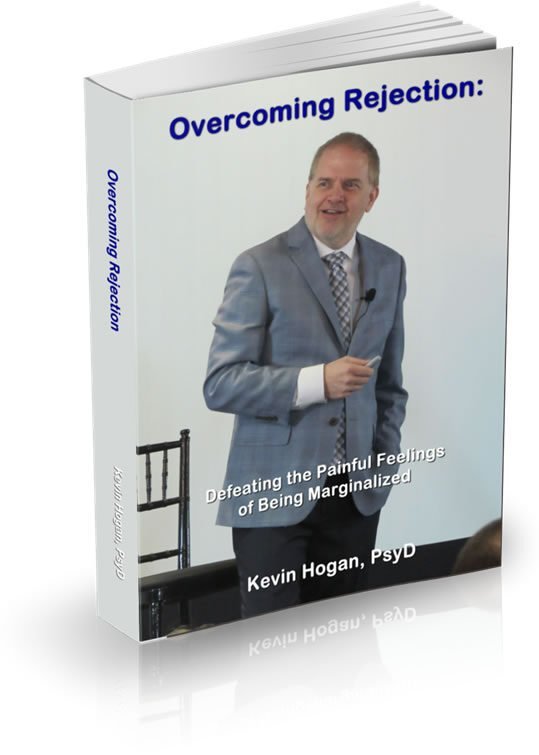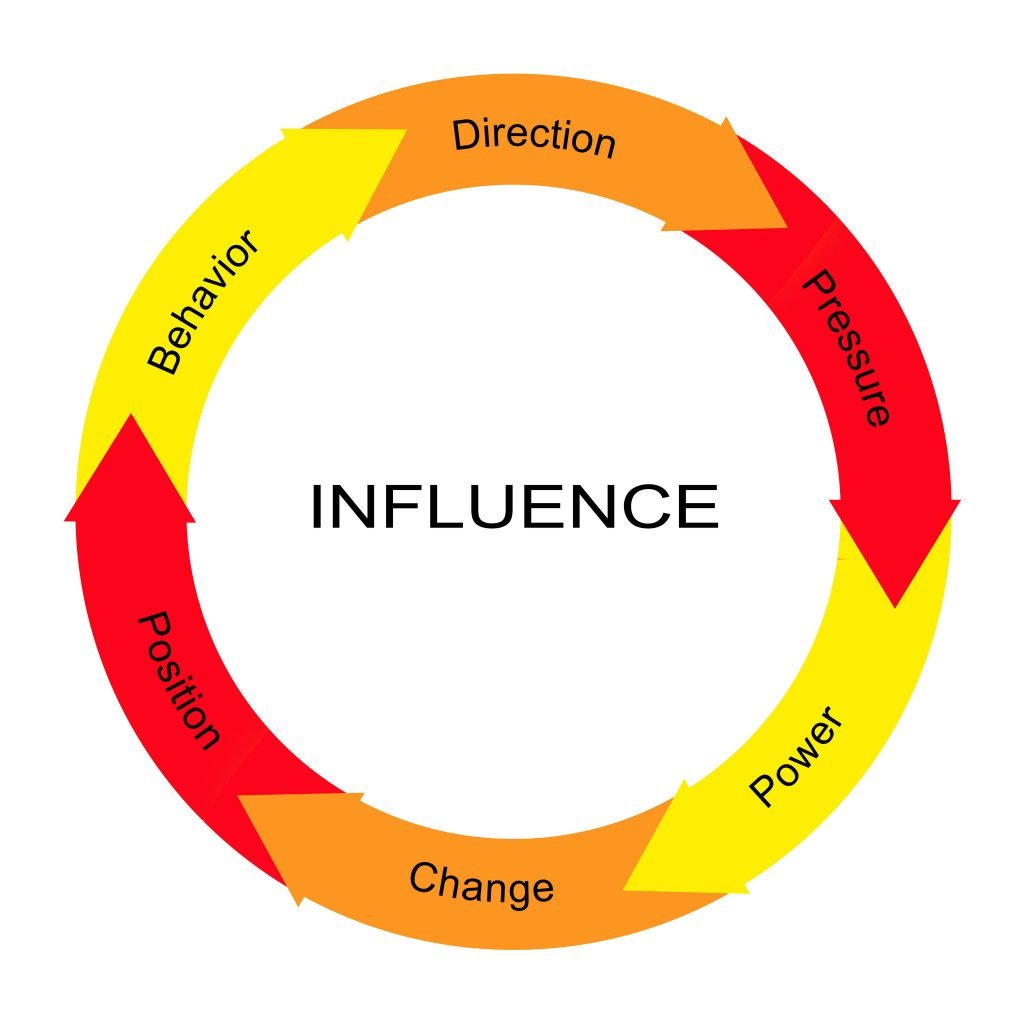
Hope.
It’s the undercurrent of persuasive power in influence. If they don’t have faith that you have the solution to their problem you will not trigger their hope and you will not see their agreement or business.
The intention of communication is to influence.
Most communication does not succeed in achieving the intended result.
Two Overlooked Factors in Persuasion
In many circumstances, fear, envy, greed, pain, and guilt all motivate… effectively.
This is true all sales and marketing.
What about “positive” feelings and emotions?
What about “hope?”
“Hope” can sell.
And using the strategy of generating hope in a client can be incredibly powerful or as with most things, can easily backfire and have the opposite effect.
When you think about “hope” you might think of “hope for the future,” “false hope,” “hope that things will be better,” hope that you can accomplish certain goals.
Hope is an important driver of human behavior.
Lack of hope leads to despair.
Despair brings you to depression and anxiety.
Hopefulness leads to positive feelings, pursuit of goals, desire and sometimes to action.
We all desire positive states of mind. We desire things we want.
We want to be tranquil, calm, happy, confident, knowledgeable and so on.
We want to have enough of the things we need to survive.
Woven into these desires is “hope.”
We might hope to get a good education, a good car, a beautiful house, a healthy body, a good job, have a successful business, lead a happy family….we hope for lots of things that are positive.

Here’s where things get interesting…. Let’s say that you hope to buy a new car.
First, you think about the car….how nice it would be to have that dandy vehicle to drive and have in our garage…and so forth.
Then you actually go shopping for the car. That ALL BY ITSELF (the shopping for the car) makes for a positive state of “hope” in the possible buyer.
The first legend point then is when do you trigger hope in persuasion?
Legend Point: Kaiser and Ketchum have found that the actual experience of shopping increases hopefulness in people….retail therapy is real and it works.
Hope is underscored by the determination that you have a reasonable possibility that you can attain or obtain something. If you can believe “it” is possible you can be hopeful. If you sell a lawn service to residential owners then you are selling the hope of not only a nicer looking yard but also the hope that the owner will have, that he will NOT have to be picking and killing weeds and crabgrass all summer. Just that hope alone (long before an application is applied) makes you feel better.
KEY: Most people want to feel hopeful. They want to experience the feeling of hope. They want to believe that things are possible…that they can attain states of mind and feelings that they want.

Legend Point: If people don’t feel hopeful or don’t “have hope” they are MUCH LESS LIKELY to pursue a desire or outcome. In fact, almost certainly, they will not….and that means they won’t be buying your services or products.
So anything that generates, creates or builds hope can possibly be very helpful to someone.
Hopelessness is the feeling or sense that something is NOT possible. That something can NOT be attained. That there is NO chance.
Hopelessness is tied to depression and one of depression’s antidotes will fascinate you…and… we’ll come to that hidden secret later. It is our second overlooked factor in persuasion.
In persuasion and influence, hope might translate to some outcome being achievable or some possible negative outcome being avoidable.
I’ve often talked about thoroughly learning and understanding and UTILIZING, the 16 core desires (see Covert Hypnosis Home Study Program). Desires are more rudimentary than hope. You can desire something and be hopeless about it’s acquisition.
You can also desire and have some certainty about attaining “it” or maybe you can be almost certain you can get “it.” Whatever the place on the continuum of possibility, IT’S THERE. It’s possible and that’s what makes the concept of hope so important in sales and marketing.
So let’s nail this: a person can desire certain things or people, but there is no hope of…well…let’s just say, there is no hope. So desire and hope are very different things….
Your job is to influence people to feel certain that they can avoid the negative result or achieve the positive outcome. (Whichever is appropriate.) That is what generating *hope* is all about.
So, your first AHA to share with the world…?

Legend Point: REMEMBER: HOPE ALL BY ITSELF IS A LIFE-CHANGING FORCE…an END in ITSELF.
ALWAYS remember that it isn’t just the acquisition of the state of mind or thing….HOPE itself can be an END.
So as a salesperson or marketer, there are really TWO THINGS you are selling.
First, you are selling a product or service. Second you are selling the feeling of hope or hopefulness.
HOPE causes people to feel better. To feel positive, to be more motivated. To be driven. It can be an end in itself.
In fact, your selling someone Grecian Formula which they HOPE will make them more attractive or younger looking is worth a lot more to that person than the $20 for the GF. The fact is that hope or hopefulness ITSELF CAUSES the person to be happier and healthier AND more likely to achieve goals they have set!
A LOT is wrapped up in hope. It’s worth a lot more than $20….
So…. sometimes the product or service IS “the” hope.
For example, if you are “on” a weight loss program, the program is hope itself that you will lose weight. (The program isn’t the end result, it’s the driver, the motivator, the car that takes you on the journey that causes you to feel like you can do it, or at LEAST see the possibility that you can do it!)
Messing with Hope
Broadly speaking there are two ways your customer will filter new messages that somehow relate to your message of hope.
If the message you present conflicts with their present path, product or service (and it is preferred or liked by the customer), their feelings about it… your message will be responded to with critical thinking. It will be carefully scrutinized…. On the other hand, if it resonates with them on some level, most of the critical faculties are recessed and your message is given little critical thinking.
Additionally if what you communicate to someone about their own desired self image (who they want to be) is negative, it will be mostly ignored….or swatted away…. Communication that resonates with who they want to be, on the other hand will be quickly accepted.
Now here is another thing they didn’t teach you in selling 101 (or graduate school).
Legend Point: According to deMello and MacInnis, “Sustaining hope may sometimes be possible ONLY when consumers engage in ‘motivated reasoning.'”
Motivated reasoning is biased thinking that we all use everyday. Short cut thinking. We don’t want to have to critically assess everything we hear so we find things that support what we believe and disregard the rest. Essentially, you never “hear it.” (anything that is not consistent with your beliefs)
AND motivated reasoning goes past that. It is goal oriented. The consumer must CONSTANTLY be seeing the goal (the car, the house, the girl, the job, the new plasma TV) as attainable…possible. THAT is what SUSTAINS HOPE.
This is a core factor in why people say “no” when you come back the next day. The message you brought them the previous day is long forgotten and the status quo becomes eminently simple. Your message was hopeful….but not hopeful ENOUGH.
Next time, I’ll show you how to make that first message “hopeful enough,” and introduce you to the one factor that you can “give people,” that will change how they feel about you and your products or services….forever!


